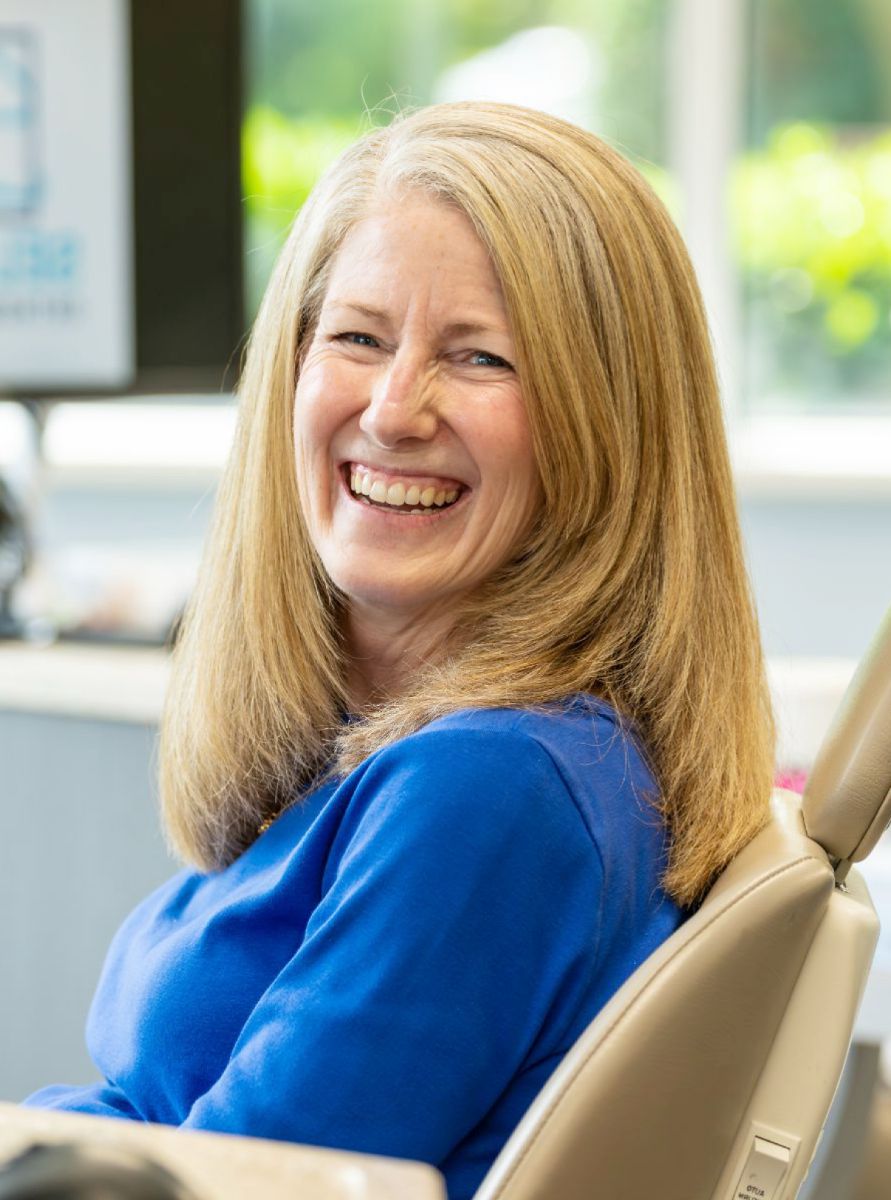Selden Orthodontics is proud to be Huntersville and Charlotte’s go-to resource for all things smile-related, which means smiles of all sizes! Today we wanted to shine a light on our littlest patients by discussing the benefits of two-phase orthodontic treatment. What is it? What is it for? How does it help? Does my child need two-phase treatment? We often get these questions, so we wrote some of Dr. Selden’s most considerable insights into this sometimes-overlooked aspect of orthodontic treatment.
For instance, did you know that even if your child doesn’t require any follow-up care, they should still see Dr. Selden by age seven? It’s true! Read on to learn more!
What is Two-Phase Treatment?
Let’s start at the top: Two-phase treatment – what even is it, anyway? Well, the American Association of Orthodontists and Dr. Selden recommend that every child see their local orthodontist at around age seven. But why is that? You don’t usually see kids that little in braces, so why would they need to see Dr. Selden?
So it turns out that this is the perfect age for a specialist like Dr. Selden to evaluate their growing teeth and jaws while they’re still early enough in their development that he can spot any potentially troubling signs before they’ve advanced far enough to cause real problems in your child’s smile or bite.
What Does Two-Phase Treatment Treat?
So what exactly is Dr. Selden looking for in these early visits? It’s easy for anyone to spot the beginnings of issues such as misaligned teeth, an “overbite,” or an underbite, and even a crossbite at this age. However, other orthodontic matters can remain undetected to the untrained eye. Luckily, Dr. Selden is well-trained to spot the beginning of these problems.
A panoramic X-ray can provide a more precise look at your child’s developing teeth and jaws. These images allow specialists like Dr. Selden to uncover potentially hidden orthodontic issues such as:
- Underbites – lower front teeth ahead of the upper front teeth in a bite
- Crossbites – upper teeth inside the lowers in a bite
- Functional shift – when the jaw shifts to one side as the teeth come together
- Excessively crowded teeth
- Excessively spaced teeth
- Extra or missing teeth
- Teeth that meet abnormally or don’t meet at all
- Developmental issues related to thumb, finger, or pacifier-sucking
Remember that most children won’t need two-phase treatment, but if we recommend it, rest assured that we’ll be with you every step to ensure your child receives the best care possible. If we don’t indicate early treatment, we will monitor your child’s growth and dental development to ensure treatment gets going at the perfect time.
How It Works
Let’s break it down—two-phase treatment involves two distinct phases, each with its own purpose. Here’s a glimpse into what each phase entails:
Phase One: Early Interceptive Treatment
Phase One involves facilitating optimal jaw growth, ensuring it can accommodate your child’s permanent teeth while fostering balanced upper and lower jaw development. It’s during this early stage, typically starting from the age of seven, that our experienced team can identify initial signs of potential jaw growth issues. For instance, we can intervene if your child’s upper jaw is growing excessively or too narrowly compared to the lower jaw. Additionally, early interceptive treatment allows us to address tooth crowding concerns.
During Phase One, we gather essential records that guide the course of treatment. Our team carefully evaluates the collected data to determine the most suitable appliances, estimated treatment duration, and recommended visit frequency for your child.
Resting Period
The resting phase is crucial in allowing your child’s permanent teeth to erupt naturally without intervention. We prevent potential impaction or misplacement issues by giving the permanent teeth unrestricted growth opportunities. The initial work performed during Phase One creates sufficient space for the permanent teeth to align ideally.
Thus, the resting period involves closely monitoring your child’s developing teeth and devising an intervention plan for Phase Two. Our team may selectively remove specific baby teeth during this phase to ensure proper space for the eruption and development of permanent teeth. Throughout the resting period, we generally recommend bringing your child in for check-ups approximately twice a year, ensuring progress moves in the right direction.
Phase Two: Targeted Interventions and Appliances
Phase Two marks the stage of orthodontic treatment most of us are familiar with. Dr. Selden ensures each tooth finds its ideal position within the mouth, achieving harmony with the surrounding teeth, jaws, lips, cheeks, and tongue for a perfect smile. Once Phase Two is completed, the treatment concludes successfully.
During Phase Two, the doctor may recommend a specific orthodontic appliance and treatment plan for your child. That means braces or Invisalign aligners on both the upper and lower sets of teeth, depending on Dr. Selden’s recommendations.
Phase One lays the groundwork, utilizing the planning and records from the initial phase. And as Phase Two wraps up, your child will transition to wearing a retainer, preserving their beautifully crafted, healthy smile and jaw.
At Selden Orthodontics, we prioritize comprehensive treatment and ensure a supportive environment for your child’s orthodontic journey.
Call Today to Get Started!
Whether you need orthodontic care for the little ones, your teen, or yourself, Selden Orthodontics has you covered! We’ve been carefully serving patients in Charlotte and Huntersville for years, and nothing makes us happier than seeing your beautiful smiles during and after treatment!
Call today at 704-992-1022, or just fill out this convenient online form to get started on your first free consultation! We can’t wait to see you!





